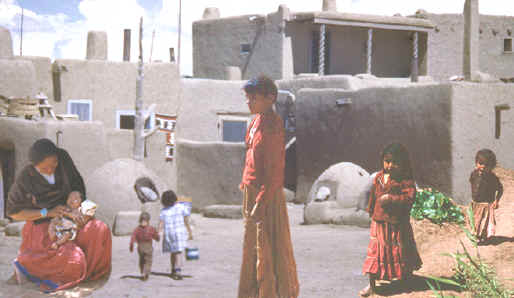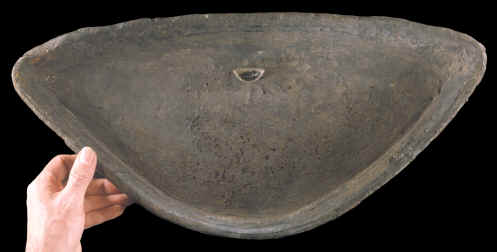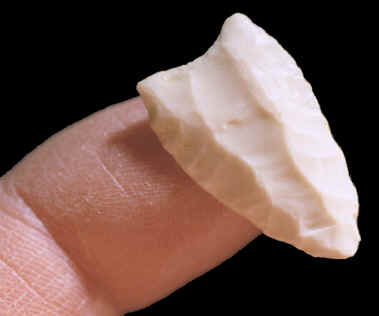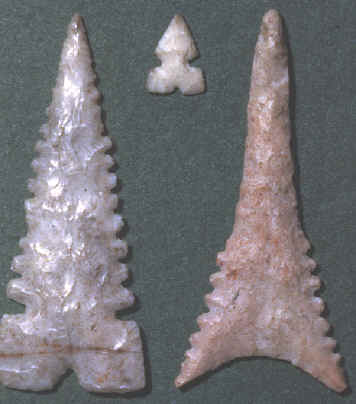|
|
|
The highest percentage of miniature artifacts from Stone Age sites in the Americas are made of durable materials like stone and fired clay. For example, excavations have produced large numbers of tiny versions of ceramic vessels that were obviously made for children. Larco Hoyle writes about them in "The Handbook of South American Indians" about sites located on the north coast of Peru; "The children were buried with their toys of which are excellent miniatures of regular pottery vessels." Children were playing with toy pots, at one time or another, over most of the Americas. |
|
|
Frederick Hodge writes in the "Handbook of American Indians North of Mexico" that "A greater variety of toys is observed among the Eskimo than among any other of the American aborigines." Eskimo children were playing with models of sleds, boats, hunting outfits, bows and arrows, dolls, dishes, tops, carved figures of various kinds of animals, etc. This article illustrates a small miniature oil lamp along with the full size version. Both were made from steatite. The small lamp measures 1 3/8 inches (3.5 cm) long and the larger lamp measures 21 inches (53.3 cm) long. |
|
|
|
|
Miniature sets of bows and arrows were very popular among many different cultures in the Americas. They have been described as important teaching tools for young children from areas in the Artic to South America. Small sets of bows and arrows gave children the opportunity to begin developing their hunting and defensive skills at an early age through play. There are two illustrations in this article that show abnormally small Cahokia points from southern Illinois. One of them is in the Gilcrease Institute collection and the other is a well known point that was found many years ago by Joe Walta at Cahokia Mounds. The point found by Joe Walta measures 5/8 of an inch (1.2 cm) long. |
|
|
|
|
A Tibetan Lama, Guru Gyaltsen, once said that "Without cultural identity, nothing remains of the past." His comment was in reference to his culture's physical artifacts like buildings and wall paintings. He was saying that if the artifacts aren't preserved the strength or knowledge of the culture begins to fade. So even little things like grains of pollen or tiny arrow points and oil lamps all help to maintain cultural identity. They are important for recording and discovering how ancient cultures lived.--------It's good to know that the knowledge will pass on to the children, who are still playing with many of those same toys. |
|
|
"REFERENCES" 1899,
Nelson, Edward William "The Eskimo About Bering Strait," Bureau
of American Ethnology, 18th Annual Report, p. 331 |
|



